I spent the morning and afternoon visiting more friends from the past. A lot of things have changed since I grew up here, including the addition of toll roads. Suffice to say I unintentionally found myself on one. But there are no pay booths and they won't even send you a bill. It is your responsibility to log onto their website (you have only 48 hours to do so) to inform and pay them for the stretch of road you used. Now, when you are confused from highly unclear signs, as I was, you may not be 100% sure what stretch of road you were on. Doesn't matter though. You can just overpay for the entire stretch of toll road.

The website
On my way back, I found myself near the Richard Nixon Presidential Library and Museum in Yorba Linda. I must have driven past this place hundreds of times over the past decades. So today, I decided to pull in and see what it had to offer.
The museum was opened in 1990 by the private Richard Nixon Foundation. In 2007, it became a federal facility, the most recent of 13 administered by the National Archives and Records Administration. It contains over 30,000 presidential gifts as well as millions of presidential records.

Richard Milhous Nixon (1913 - 1994) was the 37th US president. He served from 1969 to 1974 and was the only president to resign the office. He was also the only native Californian elected to the presidency.
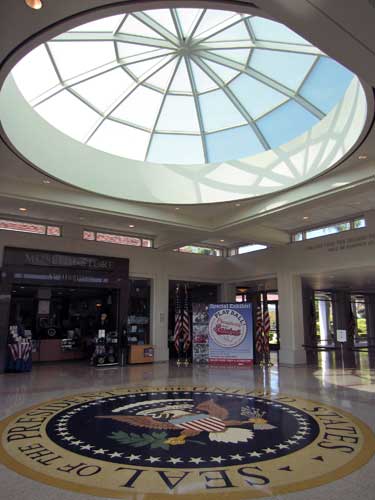
I first watched a movie of his life, with both the goods and the bads, then headed outside to the expansive yards.



I arrived at a small house under some giant trees. Just as I was walking up, a small tour was starting. I quickly joined and inside we went.
This apparently is the very house in which Richard was born... still in its original location since his father built it in 1912. His parents had a citrus ranch on the surrounding land, but when the ranch became unprofitable, they moved to Whittier (California) in 1922 where they opened a grocery store and gas station.



In the background is the very bed in which he was born.

Richard was the second of five brothers.

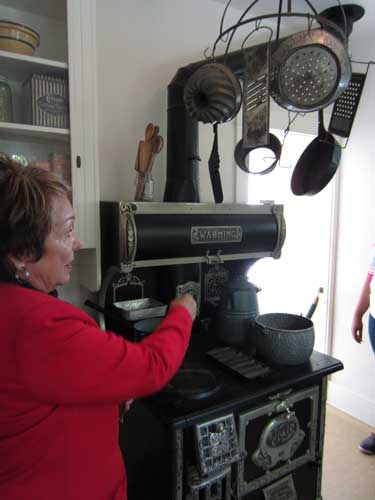
The old stove

The bathtub!

Just outside the house was a California Pepper Tree planted in 1912 by Frank Nixon (Richard's father).
I headed to the back of the garden to see the most exciting exhibit... the presidential helicopter!


One could only go into the helicopter by way of a guided tour. I waited my turn until the docent was ready to walk me through (no photos allowed unfortunately). It was like stepping back into the 1950's and had all the amenities of the day... all the seats had ashtrays in the arms and there was even a small bar in the back. In the next year or so they are planning to remodel the museum to include a spot to store the helicopter inside.
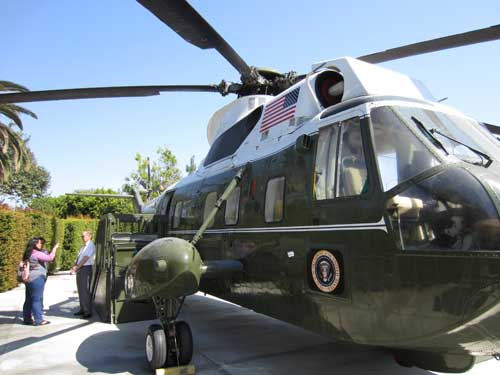
Waiting for my tour


This helicopter was used either by the marine or army and not the air force. Therefore (depending who was in charge at the time), it was referred to as either Marine One or Army One instead of Air Force One (which is what we are used to hearing nowadays).
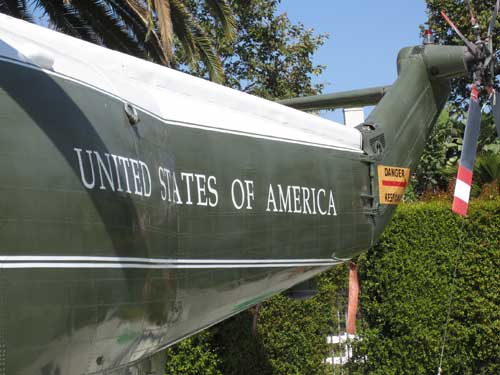
I made my way over to the rose garden which also included the graves of the president and his wife.
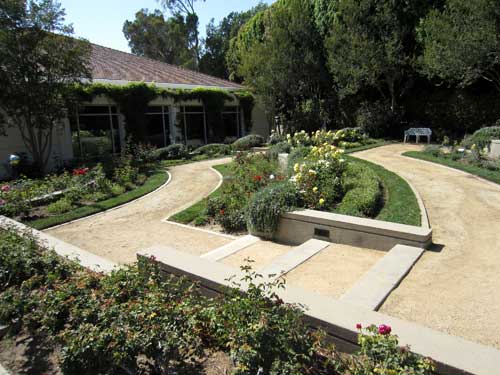
The entire area smelled very lovely!
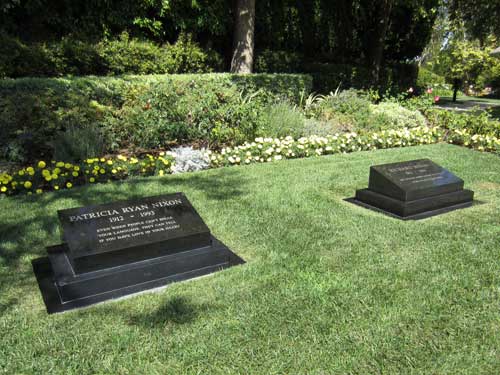
Pat and Richard Nixon
I returned inside via a replica of the White House's East Room.
As the first president, George Washington knew a large public audience room was going to be needed in the White House to entertain colleagues as well as foreign heads of states. When second president John Adams moved in in 1800, the East Room was still drafty and unfurnished, providing a good place to dry laundry but not much else. It was finally furnished (including chandeliers) in 1829 during President Andrew Jackson's administration, and in 1848, President Polk had gas piped in, replacing oil lamps and candle-burning chandeliers. Central heating and modern plumbing was added in the 1850's and electricity arrived in 1891. The room continued to become more and more ornate (including silver wallpaper), but in 1902, President Theodore Roosevelt ordered the room to be restored to its original 18th century classical style.

The room contained many informative displays.




The White House was designed by James Hoban, the winner of an architectural competition. This illustration from 1930 depicts him with President George Washington overseeing the first building.

Hanging laundry in the austere room

Union troops set up camp in 1865

President Lincoln greets some guests.

President Hayes greets the chiefs of the Sioux Nation in the East Room, 1878.

From 1891 - 1902, the East Room was open to the public for daily visits (except Sundays).
My next stop was a temporary collection put together from private lenders and 12 presidential libraries. Professional baseball began in 1869. Known as America's past time, it has therefore received presidential attention over the years.

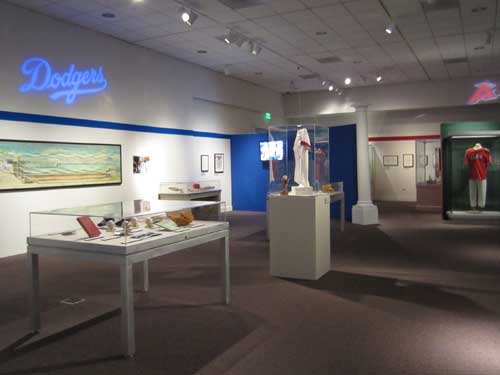



Famous playing cards from 1925 - 1970

President Kennedy throws the first ball.

A young museum visitor takes a swing in the virtual dugout!

